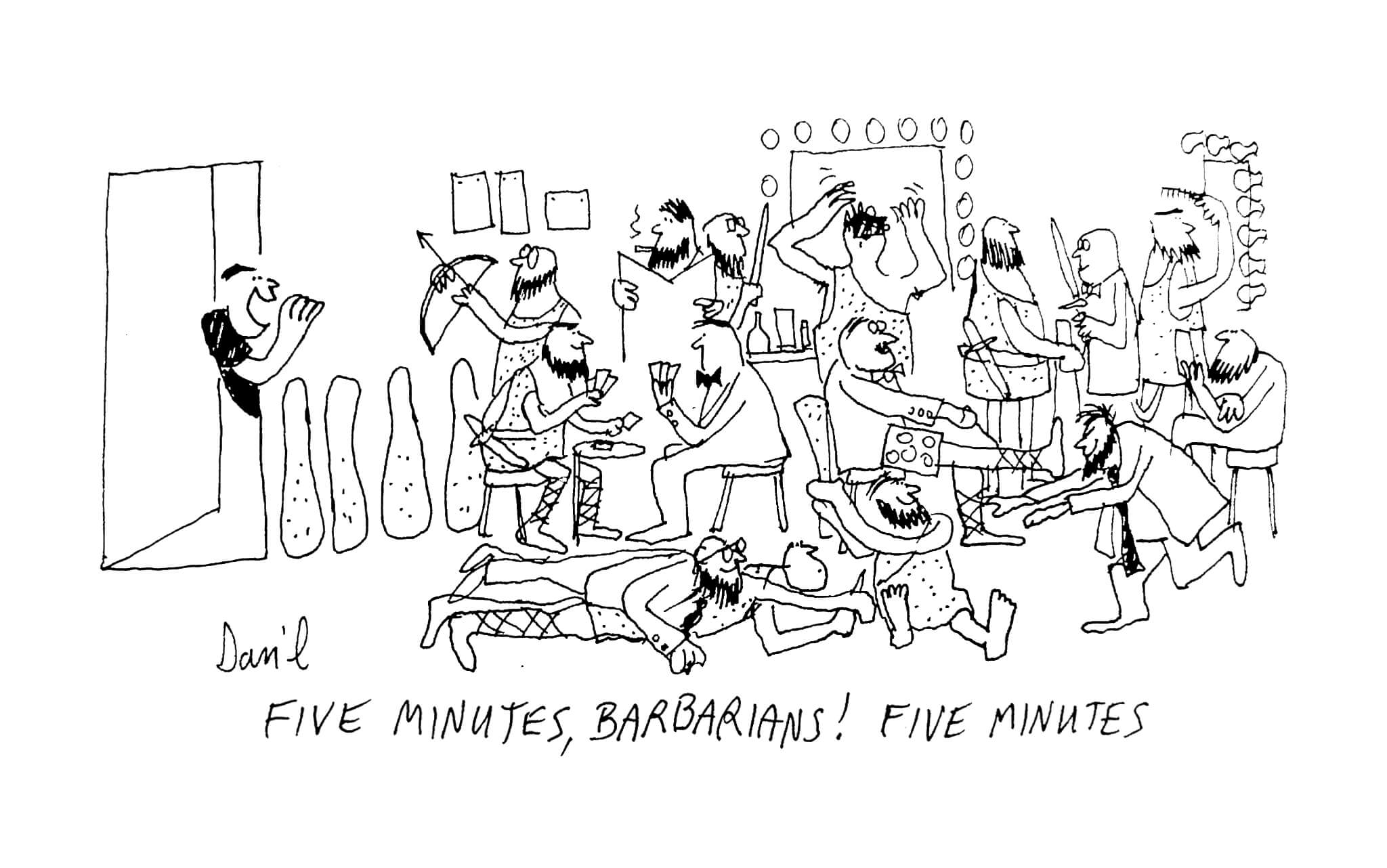A Look Back at the Film 'Maidstone' with Norman Mailer

The Hamptons International Film Festival is upon us. More than 100 films will be shown at various locations in the Hamptons Oct. 4 through 14.
None, however, will feature a plot in which a man is running for president while being stalked by unknown persons wishing to kill him. Such a theme seems prescient considering events these past few months.
The Hamptons is often a chosen location by filmmakers. Its stunningly beautiful dunes, beaches, and fields make it a perfect backdrop.
The film about the stalking of a presidential candidate (and eventually killing him) was filmed in the Hamptons, with most of it on Gardiner’s Island, where the owner of this private island, Robert David Lion Gardiner, had a cameo role. He also, at the time, was one of this community’s wealthiest men. Other locations include scenes on boats in Gardiner’s Bay and Three Mile Harbor, and at the homes of publisher Barney Rossett and artist Alfonso Ossorio, both in East Hampton. The star of the movie — he produced and directed it too — was Norman Mailer, one of America’s towering literary figures. It runs for an hour and 50 minutes, and it is not in the film festival, but you can watch it on The Criterion Channel.
At the time it came out, New Yorker reviewer Pauline Kael reportedly called it the worst movie she had ever seen all the way through. Vincent Canby, a reviewer for The New York Times, wrote “Maidstone is a sometimes hilarious, often boring but always adventurous ego trip, a very expensive, 110-minute home movie…That, … prompts the thought that almost anybody should be able to get 110 minutes of something out of 45 hours of anything…”
I might note that before there was a Criterion Channel, this 1970 film was almost impossible to see. It was first shown at the Whitney Museum then had a brief seven day run in the Lincoln Movie Theatre on 59th street, reportedly posting the worst numbers in that theatre’s history. Because it was a film made by Norman Mailer, and because it also starred actor Rip Torn and Andy Warhol’s Ultra Violet, it did send ripples out into the cosmos. After that, it disappeared into the dustbin. Mailer spent more than $200,000 of his own money to make it and had to sell his stake in the Village Voice to cover losses. He later said he never got “the one great review we were hoping for.”
And so, even though the film included nudity and sex, it was nowhere to be found. Unless you knew somebody.
Mailer did not give a script to his actors. He just gave them characters and personalities, then turned them loose to say whatever they wanted to say about the candidate’s presidential campaign and the ominous doings that might lead to his demise. This was in keeping with the kind of cinéma vérité filmmaking pioneered by John Cassavetes and his movie Shadows just a few years earlier. Well, Mailer’s group apparently had very little of importance to say.
After some introductory commentary, Maidstone begins on the island where Gardiner, the 16th Lord of the Manor, and Mailer greet the various actors as they arrive and are told that a film about a brothel will be made by the famous filmmaker Norman Kingsley who is now running for president. Since this scene is in the film, and reveals that Mailer is both, it confirms that reality and fiction will merge throughout.
Among those arriving are some beautiful young women who had auditioned and are now starry-eyed about being in this movie. They are also in awe of Norman Mailer.
At one point early on, Mailer sets the theme for the ladies, asking them if they would take off their clothes. Often, however, he criticizes how they look. But he and others will bed them anyway. This was 1970. Before the women’s movement. The women are there to service the men in the film, it seems, who are doing and saying important things.
The film moves along slowly at first, as people sit around talking cautiously as they try to conform to they have been told to portray. There are a few older women of importance in the film. One is supposedly from the Southampton social set, expounding on what’s taking place. Talk also swirls about his presidential run and what groups are forming to inflict political assassinations. This is taken seriously. Kingsley/Mailer also meets with his half-brother Raoul (Rip Torn) about financing the film they are now in.
As the film continues, with scenes at the grand white windmill on the island, in the manor house, and on the East Hampton mainland properties, the pace picks up. Kingsley becomes more openly hostile to others, people argue and shout. And in the end, in a final scene, actor Torn as Raoul, carrying a hammer, attacks Kingsley by hitting him repeatedly on the head with it, then wrestling him to the ground. Blood drips down Mailer’s cheek. Torn bites Mailer’s ear, then locks Mailer in a deadly chokehold. Through all this, Torn is shouting he is only killing Kingsley, not Mailer, but in actuality, if other actors had not abandoned their characters to run over screaming, then leap on Torn and unlock his chokehold before Mailer became unconscious and died.
All this, including the fight scene, was filmed by D.A. Pennebaker, the legendary filmmaker who lived in Sag Harbor. And with that, the movie ends.
As for me, I had been running a film festival in the Hamptons called “The Dan’s Papers They Made the Movie Here Film Festival,” with films shown at Southampton College and the John Drew Theater with the host sometimes Pierre de Fromenai, a judge at Sundance.
So I very much wanted to connect with Mailer. I learned he’d rented out the entire Hill Top Acres hotel on Brick Kiln Road in Sag Harbor for his 60-person crew. Driving up the hotel’s steep driveway, I got out at the top only to be stopped by a guard at the front door who said that since I had not been invited, I could not be let in. A week later, learning they’d wrapped the shoot, I drove up the hill again only to see the smoking ruins of Hill Top Acres. It had burned to the ground.
It never got rebuilt.



